Rajasthan is one of the largest states in India comprising of sandy desert and sparse vegetation. This vast arid landscape, an array of colors is the hallmark of the lively communities entwined in esoteric customs, intriguing rituals, and a thriving culture.
The life in the desert is painted to create a maddening melange that entices one and all. The opulence of palaces, Havelis, and magnificent forts are a testimony of a rich past. The walls are etched with the epic sagas of valiant Rajput kings and their crusades against the marauding Moguls. The blood-tainted walls narrate the gory past of numerous conquests and defeats.
The travails of the gory past and the horrid events of Sati did not hamper the creation of the magnificent monuments and emergence of princely opulence that is an indelible mark of the Maharajah lifestyle. Travel in the state is a live experience of rich heritage wealth that dazzles the visitors.


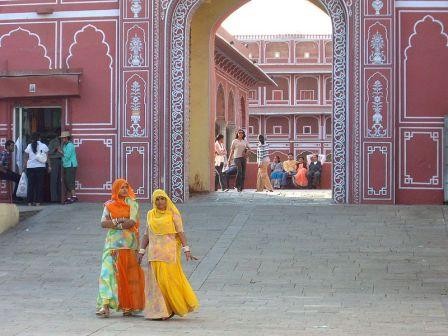
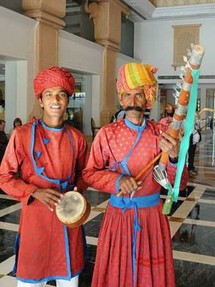 Rajasthan is the land of Rajwaris or royal people. The state comprises many communities, prominent amongst them are the Brahmins, Rajputs, Gurjar. Ahir, Meena, Marwaris, and the Jhats. The races are martial but another prominent business community the Marwaris have made a mark in India's economy. Most of the leading business houses are Marwaris from Marwar Region.
Rajasthan is the land of Rajwaris or royal people. The state comprises many communities, prominent amongst them are the Brahmins, Rajputs, Gurjar. Ahir, Meena, Marwaris, and the Jhats. The races are martial but another prominent business community the Marwaris have made a mark in India's economy. Most of the leading business houses are Marwaris from Marwar Region.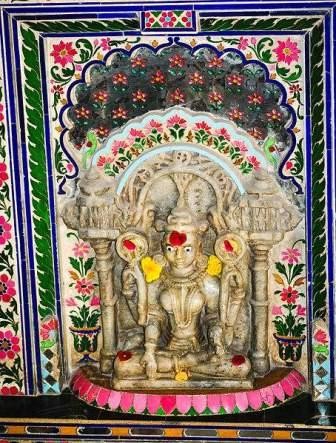
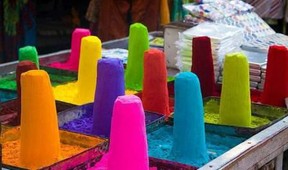 The people of Rajasthan have developed a vibrant culture that dates back centuries. The esoteric Hindu rites and rituals, colorful fairs, and festivals are intrinsic to the communities. The development of traditional folk music, fine arts like paintings, and performing arts have enriched the state.
The people of Rajasthan have developed a vibrant culture that dates back centuries. The esoteric Hindu rites and rituals, colorful fairs, and festivals are intrinsic to the communities. The development of traditional folk music, fine arts like paintings, and performing arts have enriched the state. 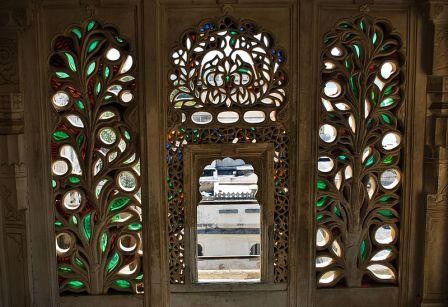
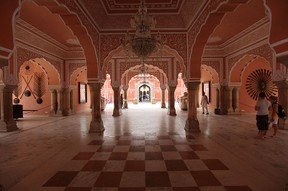
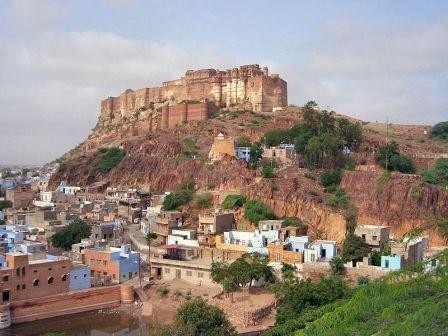
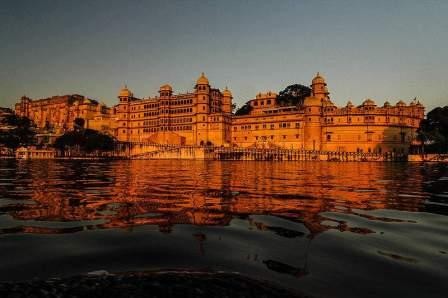
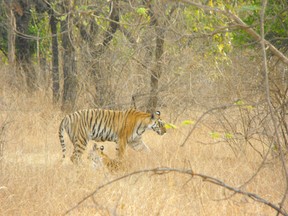
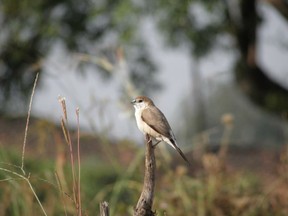

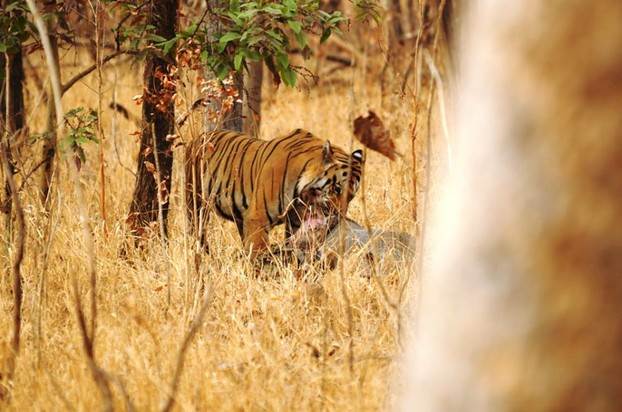
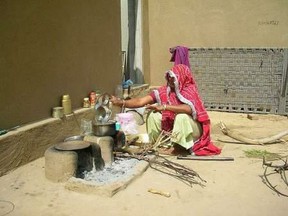 Renowned all over the World Rajasthani Food has evolved for ages. The innovative styles have been developed in the Darbari Kitchens. Food was a major court prerogative nurtured by the Royal Chefs and Families.
Renowned all over the World Rajasthani Food has evolved for ages. The innovative styles have been developed in the Darbari Kitchens. Food was a major court prerogative nurtured by the Royal Chefs and Families. 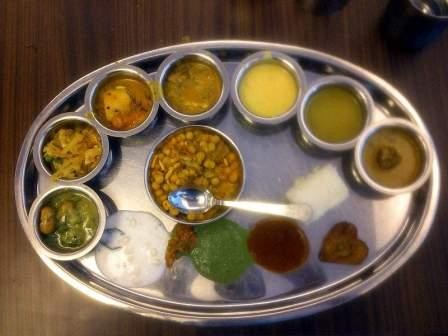
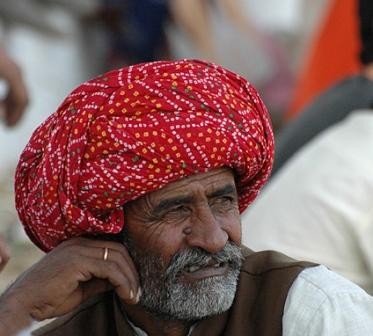


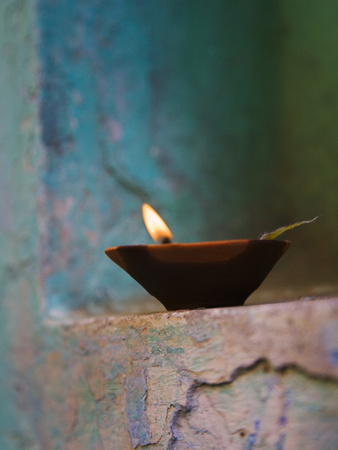
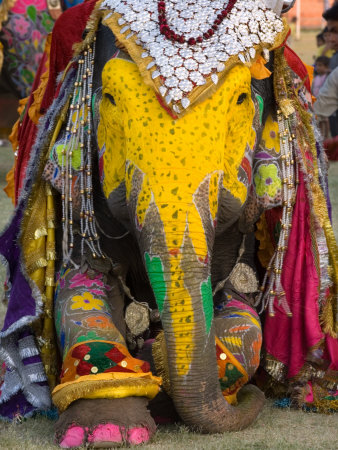
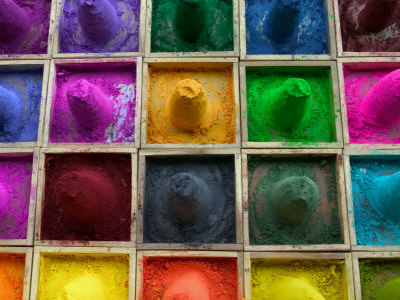
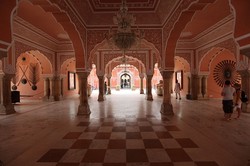

 Full Day Safari in Bandhavgarhon 08/29/2023
Full Day Safari in Bandhavgarhon 08/29/2023
 SEO Campaign: Website Overhaulon 02/13/2023
SEO Campaign: Website Overhaulon 02/13/2023
 Indian Food It Is Not All Curryon 02/08/2023
Indian Food It Is Not All Curryon 02/08/2023
 How Tiger Tourism is Organized in India?on 02/07/2023
How Tiger Tourism is Organized in India?on 02/07/2023

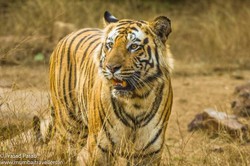
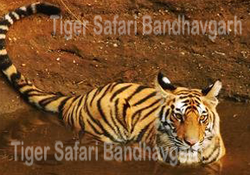
Comments
Let me begin by telling you that Hinduism is a colorful religion, and Hindu civilization is vibrant with very little bindings. Most of the cultural orthodoxy had creeped in during the brutal invasions and rule this includes the purdah system a small viel among the Hindus still visible in rural surrounds.
The religious and social practices border on being irrational at times, and that is what we believe in because it accords lot of freedom and creates a less stressful existence. We are not organized in practice nor it is structured...it is each to himself or herself. If the intent is honest for example say in belief than all is right way. Pray looking at east or west north or south or pray looking at the Sun for that matter.
From the times of Veda origin of most of the things are Hindu but later some Arab or Persian influenced creeped in, this was followed by European influence mostly British...but the core of all things modified remains Indian. Sari is Indian and so is salwar kameez the difference is regional.
Most people in Pakistan and Bangladesh do not prefer to wear Sari because of Hindu influence and think that salwar kameej suits better but outside influence came much later somewhere post 7th AD whence first Arab attacks started. Before that some influence was seen in trading towns near the sea where overseas traders used to visit and some did settle. There is nothing elite with these dresses people of all social strataa wear them.
The idol seems to be that of Durga or Kali both are same the consort of Lord Shiva, aand she is represented often in black which does not signify color of skin but rather expresses the state of ire of extreme anger. Saraswati is Goddess of learning she is always accompanied with a Veena or a Sitar..
Popsicles are cakes of paints in powdered form often called Gulal.
pateluday, Thank you for all the practical information, pretty pictures and product lines.
It's intriguing where you mention that the elite wear the salwar kameej and the sari. Is the choice an indication of religion? I tend to think of the former with Hindu culture and the latter with Pakistani Muslims. Also, I wonder about the non-elite wearing of ghagra choli, which look somewhat like sari skirts and tops, but more covered up for the latter and actually shorter for the former.
Under your subheading Hindu goddess idol, who might that statue be of? The eyes seem a bit unsettling, like Kali's, whom I otherwise wouldn't have predicted because I think of her as the black goddess and Saraswati as the white.
And under your subheadings Vibrant Culture Rajasthani Lifestyle and Wildlife Safaris & Birding Jungle Adventure, what might the colorful items (edible [making me think of popsicles] or functional [making me think of candles or perhaps some kind of paint powder for decorating the Ganesh elephant further down in your article]) below the former and the animals to the left and below the tiger in the latter be?